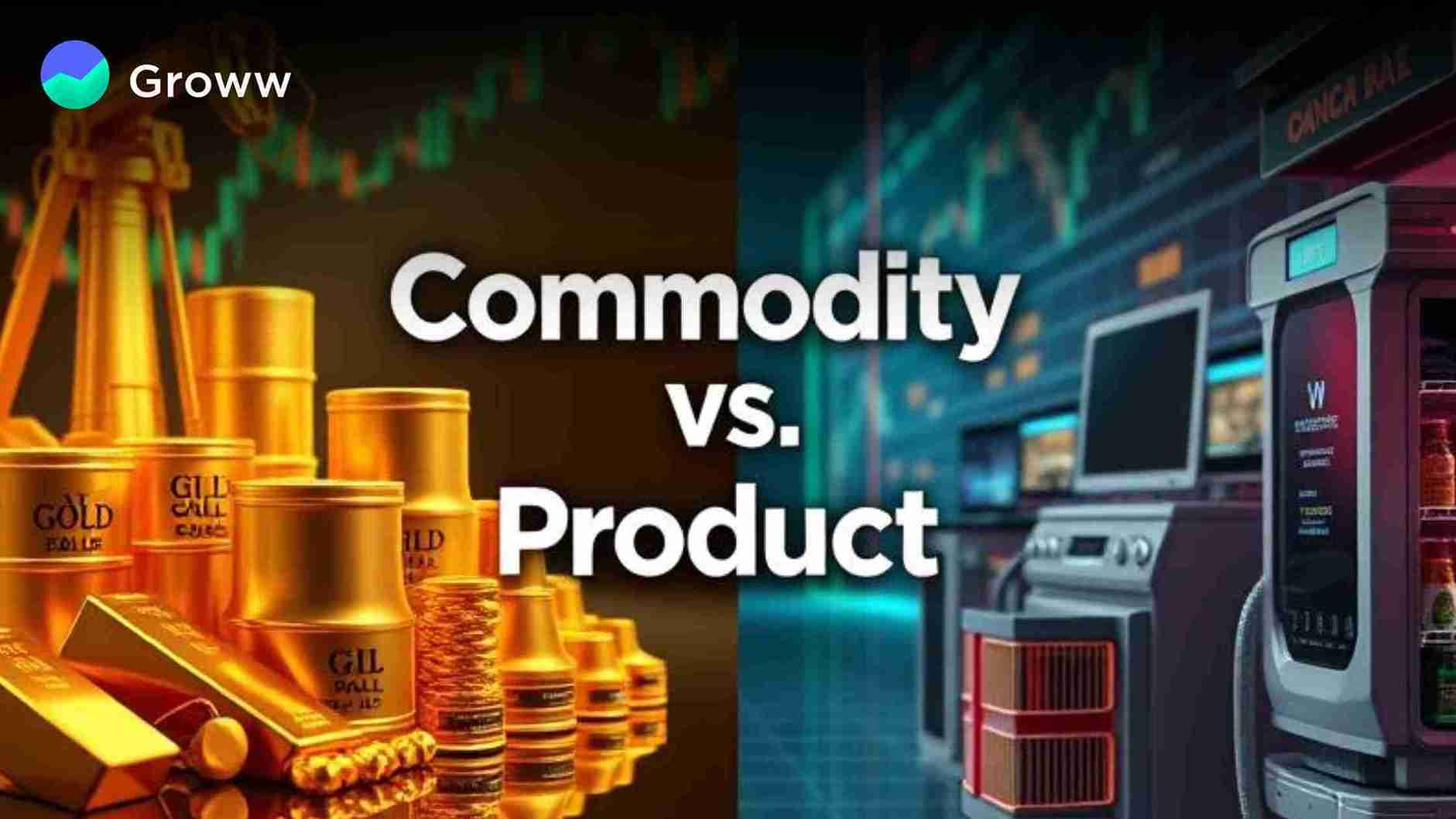Commodity vs. Product: What is the Difference?

Commodities and products are often confused but have distinct meanings. A commodity is a raw material used in the production of goods, while a product is a finished item ready for sale to consumers.
The key difference lies in their place in the production process: commodities are at the beginning, and products are the end result. Understanding this distinction is essential for businesses aiming to succeed in today’s competitive market.
While both serve business objectives, they differ in characteristics, pricing and target markets. This blog explores the key differences between commodity vs. product.
What are Commodities?
A commodity is a basic good used to produce other goods and services. Found in various consumer products like clothing, coffee and tyres, commodities are essential in manufacturing. Examples include oil, wheat, copper, coffee beans and gold, categorised into two types:
- Soft Commodities: Grown goods like coffee, sugar and oranges, which are perishable and influenced by factors like weather.
- Hard Commodities: Extracted resources like oil, natural gas and metals, forming a core part of global markets.
Commodities are uniform, minimally processed and generally priced similarly regardless of the producer. Traders buy and sell commodities on global exchanges, often using futures contracts that lock in a price for future delivery, ensuring standardisation and market efficiency.
Trading commodities extends beyond futures markets through stocks, exchange-traded funds (ETFs), or direct purchase of physical assets like gold or silver. Supply and demand drive commodity prices, but political factors, economic conditions and weather also influence them.
With advancing technology, new commodities like mobile phones, foreign currencies and data bandwidth are reshaping markets, further expanding the scope of this crucial sector.
What is Commodity Trading?
In India, traders engage in online commodity trading mainly on the Multi-Commodity Exchange (MCX), using futures contracts. At the contract’s expiration, settlement occurs in cash, meaning there is no need to open a demat account for commodity trading. Investors can also trade commodities by buying and selling shares of companies linked to specific commodities.
Commodity prices in the commodity and product exchange in India are mainly influenced by supply and demand dynamics, but factors such as economic uncertainty, political events, and weather conditions can also have a significant impact.
What are Products?
Products, or consumer goods, are finished items created from commodities and sold to consumers. They gain value through manufacturing, branding and marketing. Products are classified into:
- Durable Goods: Long-lasting items like appliances, furniture and jewellery, are purchased less frequently.
- Consumable Goods: Everyday items like groceries, gas and tobacco, are used quickly and regularly replaced.
Products also serve as investment assets, with companies that produce consumables often seen as stable investments due to consistent demand, even during economic downturns. However, they remain sensitive to competition and changes in commodity prices.
What is Investing in Products?
Investing in products typically involves including companies that produce consumable goods in investment portfolios. These companies are often seen as stable investments due to their consistent performance and demand, even during economic downturns.
Essential products remain in demand regardless of market conditions, making consumables a reliable investment. However, despite their stability, these companies face risks from competition and fluctuations in the prices of the commodities used to produce their goods.
Difference Between Products and Commodity
Here is a table analysing and summarising the differences between commodity vs. product based on the text:
|
Aspect |
Products |
Commodities |
|
Price Discrimination |
Products can have price discrimination based on added value, branding or differentiation. |
Sold at a universal price within the same category. |
|
Value Addition |
Producers add value at every stage of production. |
Minimal or no value addition; traded in raw or minimally processed form. |
|
Investment Stability |
Investors consider companies producing consumable products safer investments due to consistent demand. |
Commodities trading can be lucrative but is often more volatile and riskier. |
|
Investment Access |
Investing in product companies requires a demat account or participation in IPOs. |
Commodities are traded through futures contracts, ETFs or physical purchases. |
The Bottom Line
Commodity vs. product are similar in that a product is a differentiated, value-added form of a commodity. While sellers sell commodities at a uniform price, they distinguish products by added value and market them at varying prices based on quality differences.